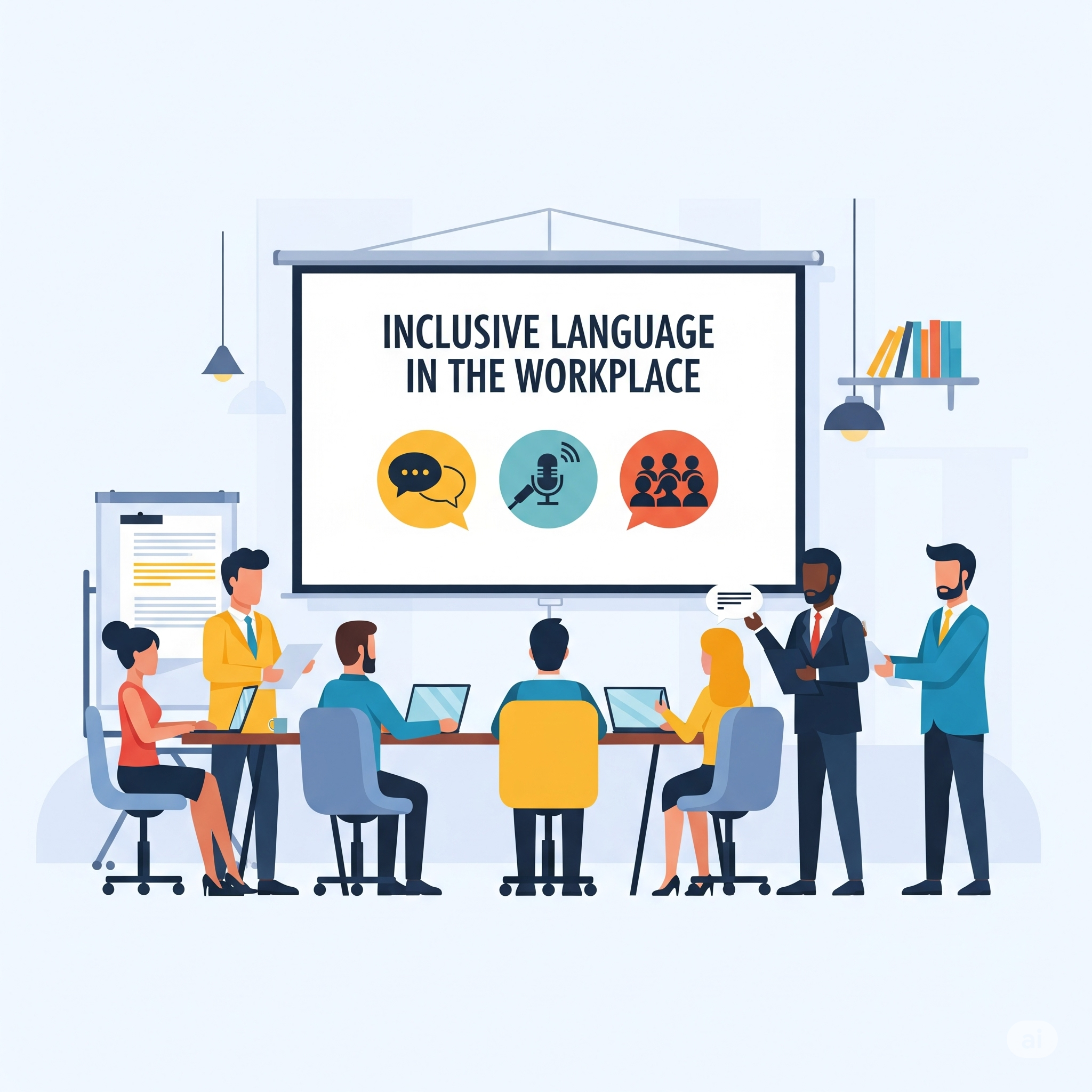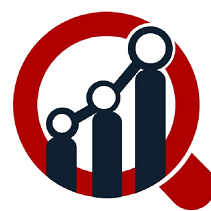Clear and respectful communication is at the heart of every successful workplace. As organizations become more diverse, with employees from different cultural, generational, and professional backgrounds, the way we use language matters more than ever. Words can inspire collaboration and trust, but they can also unintentionally alienate or exclude.
That’s where an inclusive language education tool comes in. By teaching employees how to use words that foster respect and understanding, businesses can strengthen relationships, support diversity and inclusion, and build a healthier organizational culture.
For small business owners, HR professionals, and organizational leaders, investing in such a tool is no longer optional, it’s a competitive advantage.
What Is an Inclusive Language Education Tool?
An inclusive language education tool is a software or platform designed to help individuals and teams recognize and adopt inclusive, respectful communication. Unlike traditional grammar checkers, these tools go beyond spelling and syntax. They identify biased, exclusive, or outdated terms and suggest alternatives that align with modern, inclusive standards.
For example, instead of using terms like “guys” to refer to a group, the tool might recommend “team” or “everyone.” By providing real-time suggestions and feedback, it ensures communication reflects respect and inclusivity.
These tools often integrate with platforms like Slack, email, or project management apps, making them practical for everyday business use.
Why Inclusive Language Matters in Today’s Workplace
Language is more than a medium, it shapes perceptions, influences behaviors, and impacts workplace culture. Inclusive communication creates:
-
A sense of belonging: Employees feel valued when their identities and experiences are respected.
-
Reduced conflicts: Misunderstandings and microaggressions are minimized when communication is clear and inclusive.
-
Improved productivity: Teams collaborate more effectively when everyone feels heard.
-
Stronger brand reputation: Companies that prioritize inclusivity attract top talent and gain customer trust.
An inclusive language education tool helps organizations achieve these outcomes consistently, without putting the burden solely on HR training sessions.
Key Benefits of Using an Inclusive Language Education Tool
1. Promotes Real-Time Learning
Unlike workshops or seminars that happen once a year, these tools provide continuous education. Each interaction becomes a teachable moment, reinforcing inclusive habits in real time.
2. Supports DEI Initiatives
Many organizations invest in Diversity, Equity, and Inclusion (DEI) programs, but struggle with consistent implementation. An inclusive language tool ensures DEI values are woven into daily communication, not just written policies.
3. Improves Cross-Team Collaboration
Different teams often have different communication styles. A tool that highlights inclusive phrasing bridges these gaps, helping employees collaborate more smoothly.
4. Reduces HR Workload
Instead of addressing communication-related conflicts reactively, HR can rely on proactive education through the tool. This saves time and prevents issues from escalating.
5. Attracts and Retains Talent
Job seekers increasingly value inclusive workplaces. Showing that your organization uses an inclusive language tool signals commitment to respect and equity.
How to Implement an Inclusive Language Education Tool
Adopting this tool doesn’t have to be overwhelming. Here’s a step-by-step guide:
Step 1: Assess Your Needs
Review current communication challenges. Are there frequent misunderstandings? Do employees need help avoiding gendered terms or jargon? Pinpointing your needs helps you choose the right tool.
Step 2: Choose the Right Platform
Look for features like:
-
Real-time feedback
-
Customizable dictionaries
-
Integration with Slack, email, or project tools
-
Analytics to track progress
Allybot is one such tool that integrates directly with Slack and offers inclusive language suggestions instantly.
Step 3: Introduce the Tool Thoughtfully
Explain the purpose to your team: it’s about creating a respectful, effective workplace, not policing communication. Position it as a resource for growth and collaboration.
Step 4: Offer Training and Examples
Even though the tool is intuitive, short training sessions can help employees understand why inclusivity matters and how to apply suggestions.
Step 5: Review and Adjust
Use the tool’s analytics to measure progress and refine guidelines. Encourage employees to share feedback so the tool evolves with your culture.
Best Practices for Maximizing Impact
-
Lead by example: Managers should model inclusive communication.
-
Pair with education: Use the tool alongside workshops or micro-learning sessions.
-
Encourage openness: Create a culture where employees feel comfortable asking questions about language.
-
Celebrate progress: Acknowledge teams and individuals who actively adopt inclusive language.
Frequently Asked Questions
Q1: Is an inclusive language education tool only for large corporations?
No. Small and mid-sized businesses benefit greatly because every interaction counts. A small team with poor communication can face just as many challenges as a larger organization.
Q2: Will using this tool slow down communication?
Not at all. Most tools integrate seamlessly with platforms like Slack and provide quick, unobtrusive suggestions. In fact, they make communication more efficient by reducing misunderstandings.
Q3: How does it support Diversity, Equity, and Inclusion (DEI)?
By identifying biased terms and promoting alternatives, the tool ensures everyday language reflects DEI values. It turns policy into practice.
Q4: Can employees customize the tool?
Yes. Many tools allow organizations to add custom terms or guidelines based on industry-specific needs or company values.
Q5: Does it replace training programs?
No. It complements them. While workshops provide broader context, the tool reinforces lessons daily through practical application.
The Future of Inclusive Communication
As workplaces become more global and hybrid, communication challenges will continue to evolve. AI-powered inclusive language education tools will grow more sophisticated, offering personalized coaching, analytics, and cross-platform integration.
Forward-thinking companies that adopt these tools now will stay ahead, fostering workplaces where every employee feels seen and respected.
An inclusive language education tool is not just a piece of software, it’s a powerful ally for building respectful, collaborative, and successful workplaces. By promoting inclusivity in everyday communication, it helps companies reduce conflicts, strengthen DEI initiatives, and attract top talent.
For leaders and HR professionals looking to future-proof their culture, the message is clear: the words we use matter. Investing in tools that guide us toward more inclusive communication is an investment in people, growth, and long-term success.
Start creating a culture of inclusivity today with Allybot, the inclusive language education tool designed to make your workplace communication bias-free and effective.







